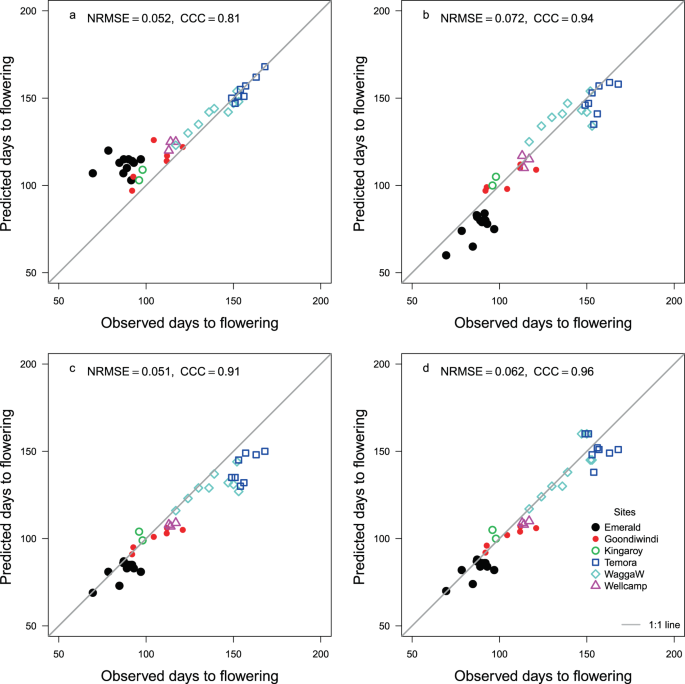

It is recommended that you start by creating an. (See the help page - ?inspect_apsimx - for more options).

The function ‘inspect_apsimx’, in this example, displays various information about the organic matter in the soil. # |Depth |Thickness |Carbon |SoilCNRatio |FBiom |FInert |FOM | # Soil children: Physical SoilWater Organic Chemical InitialWater InitialN CERESSoilTemperature Nutrient Inspect_apsimx( "Maize.apsimx", src.dir = extd.dir, node = "Soil", soil.child = "Organic") # Soil Type: Clay # Median :1 Median :1 Mode :character Mode :character # 1st Qu.:1 1st Qu.:1 Class :character Class :character Summary(maize) # CheckpointID SimulationID Zone Clock.Today If you have your own flavor of APSIM, then you need to set the path manually using the function ‘apsim_options’ for Classic and ‘apsimx_options’ for Next Generation. Linux (Debian): It assumed that APSIM is in ‘/usr/local/lib/apsim/’.
APSIM WHEAT INSTALL
Windows: In Windows the default install location is in ‘Program Files’ for APSIM (Next Generation) and Program Files (x86) for APSIM ‘Classic’.
APSIM WHEAT FOR MAC
Mac: For Mac it is also assumed that APSIM has been moved to ‘Applications’. The apsimx package will try to detect both mono and APSIM (Classic and Next Generation). NOTE: If you are using a version of APSIM Next Gen older than Sep 2021, you do not need to install mono.

APSIM WHEAT DOWNLOAD
For Mac and Linux, for versions older than Sep 2021, first you need to install mono ( ) and then download and install APSIM ( ). There is also a package ‘APSIMBatch’, but it has limited functionality.įor most functions in this pacakge you need to have a version of APSIM-X (or ‘Next Generation’) installed (or APSIM ‘Classic’). The functionality in apsimx goes beyond that in the removed ‘APSIM’ package. The ‘APSIM’ package was especially useful for creating weather (‘.met’) files. Another useful R package used to be ‘APSIM’, but it has been removed from CRAN (as of ) but as with ‘apsimr’ it has not been updated and it has somewhat of a different functionality. However, that package has not been maintained in the last five years and it does not work for the new APSIM-X framework. That package made it possible to not only run APSIM from R, but also to perform sensitivity analysis and model emulation using ‘GAMS’. In part this package is inspired by previous work by Bryan Stanfill on the ‘apsimr’ package (previously available from CRAN and github: ). If you have any questions write to: femiguez at. The package is currently being developed and available at. If you need to write scripts (regardless of whether you use the apsimx package or not) the vignette ‘writing scripts’ might be useful. To run simulations the apsimx function ( apsim for ‘Classic’) is available and results from the simulation can be imported as an R object with a dedicated function ( read_apsimx ‘NG’ and read_apsim for ‘Classic’). For ‘inspect’ and ‘edit’ in the APSIM ‘Classic’ version I use the ‘xml2’ package. APSIM ‘Classic’ used an XML format and this type is now fully supported (‘inspect’, ‘edit’, ‘run’ and ‘read’). By using the ‘jsonlite’ R package apsimx can read and write (‘inspect’ and ‘edit’) files in this format. apsimx files are based on the JSON (JavaScript Object Notation ) format and it is used to communicate information to the APSIM-X engine. Are you a user of APSIM-X (“Next Generation”)? Are you a frequent user of R? Are you hoping for APSIM-X and R to interact with each other? Then the answer is the apsimx package, which allows you to inspect, edit, run and read files created by APSIM-X –.


 0 kommentar(er)
0 kommentar(er)
